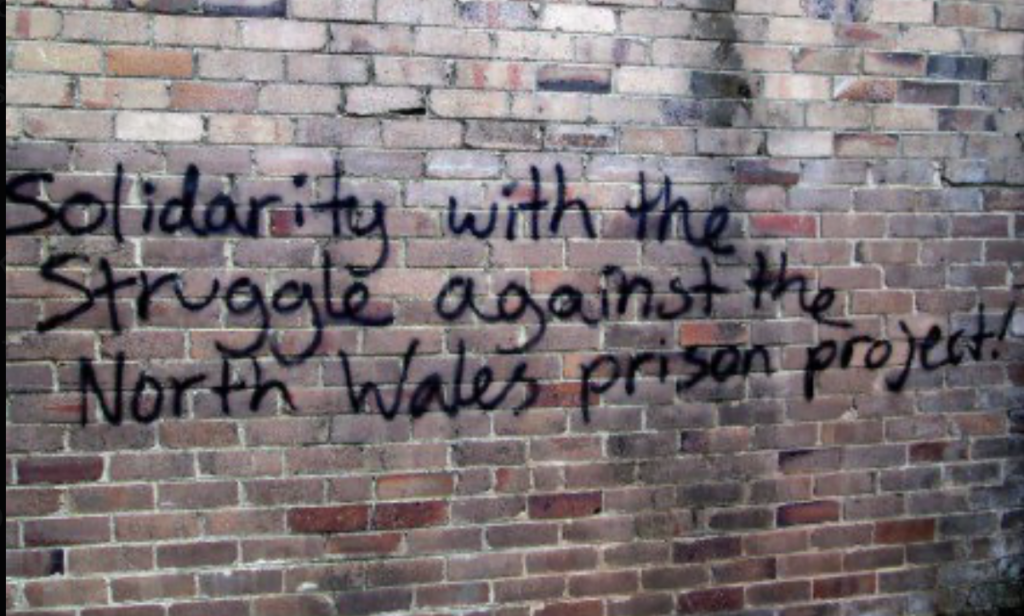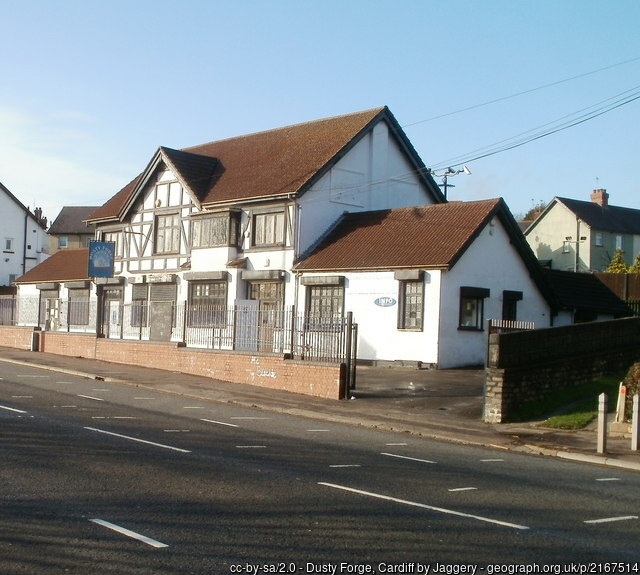John Osmond discovers a dark side to the Brecon Beacons
From far across the Caerfanell Valley in the Brecon Beacons the shapes beneath Cwar y Gigfran, a ridge at the edge of Waun Rydd, looked for all the world like two small patches of grey scree amidst the sheep and bracken-covered grassy slope. But closer up they appeared as the whitened grey of twisted aluminium, the remains of a Wellington Bomber that crashed here on 6 July 1942.
I was on one of my favourite ridge walks in the eastern part of the Beacons, but I’d never before wandered so close to the cairn that marks this war memorial. Appropriately it was Remembrance weekend and I have been haunted by those images ever since. It has something to do with my own brief flying experiences, as a member of the Air Corps at Bristol University in the sixties, when I struggled with the controls of a chipmunk, an exceedingly difficult aircraft to fly.
Waun Rydd forms the end of the looping hills that flow eastwards from Pen y Fan, ending with stunning views from Carn Pica down the Usk Valley. As I looked across Caerfanell from the Graig Fan Las skyline, eastwards to Waun Rydd, I could imagine what it might have been like, losing your bearings and coming out of cloud to see a mountainside immediately in front of you. Sheer panic. Another 50 metres and they might have cleared the ridge and crash landed on the top of Waun Rydd rather than crashing straight into it.
The facts appear to be these. On the 6 July 1942, Wellington Bomber No. R1465 took off from the Operational Training Unit at Wellesbourne Mountford, near Stratford upon Avon for a cross country flight training exercise. In heavy cloud conditions the pilot appears to have decided to descend from his advised level of 10,000 ft, to try and fix his position. In doing so, he hit the summit of Waun Rydd in a flat high speed crash. The crew of five Canadians all died and are buried in Hereford.
There is something extraordinary about the remains of the aircraft still littering the land below Cwar y Gigfran 68 years after the event. Some of the metal was plainly part of the wing, some the fuselage. A larger piece of rusted steel looks as though it could be the remains of the landing gear. What’s left looks terribly vulnerable. Wellington bombers were made of an aluminium framework, covered with wooden panel and doped linen for the outer coating. This may seem primitive. In fact the structure was immensely strong and rigid, and even with large portions of the wooden fuselage burnt or blown away, Wellington bombers could still fly and function. Of course, they couldn’t survive a direct impact with Waun Rydd. The crew must have died instantly.
This is only one of many sites in the Brecon Beacons that were the scenes of air crashes, most of which occurred during World War II. Eighty-three-year-old Len Roberts, an ex-RAF man who grew up in the Beacons, has written a booklet Aircraft Crash Sites and The Stories Behind Them, published by the Brecon Beacons National Park, that details 40 of them. Most were due to poor weather conditions, with two of the earliest occurring after bombing missions to France. For instance, in December 1940 a Wellington bomber crashed into Cefn yr Ystrad mountain further south, to the east of Pontsticill Reservoir. The crew thought they were descending on low ground in East Anglia after a successful bombing mission in Bordeaux. All six died and the ground is still marked from the fierce fire that followed the crash.
Perhaps the most well known site is that of MF-509, another Wellington, which crashed into the southwest slope of Carreg Coch near Ynyswen during a night training mission on 20 November 1944. Again the crew were Canadian, and all six died. Although the subsequent RAF report attributed the crash to crew error, it is thought more likely to have been caused by carburetor icing in the Wellington’s starboard engine.
What was remarkable, however, was that the crash was witnessed by Eric Price, then 22, who lived in Ynyswen. He recalled seeing a fiery glow on the mountain and walked up to it a few days later. Amongst the wreckage he found a photograph of one of the crew, which he kept for the next half century. In 2005 the photo was circulated on the Internet and members of the crew’s families were traced.
As a result of this search and cooperation between the people of Swansea Valley and McGill University in Montreal, for the first time the families were made aware plane’s fate. In May 2006, a climb to the site was undertaken to mark its connection with the Canadian families. Later that year, in November, McGill University mounted a display in downtown Montreal detailing MF-509’s story. The episode has been recorded in a short film on Youtube which can be viewed here.
What do these experiences tell us? For me last weekend, picking up a piece of aluminium in the Brecon Beacons and remembering my flying days, it was how fortunate I have been. Living through half of the most terrible century in human history for warfare’s carnage, my generation emerged completely unscathed. It feels as though fate allowed us to fly fifty metres higher than the crew of Wellington R1465. Instead of crashing into Cwar y Gigfran – the Raven’s Quarry – I can scale across it, freely breathing the Welsh mountain air.









